Tay Kay Chin, a Singapore-based photographer, spent more than a decade in newspapers in Singapore and USA and held positions from photographer to presentation editor.
His work has exhibited widely and his photographs have been published in The Washington Post, The Wall Street Journal, Saveur Magazine, and Time Asia to name a few.
A vocal advocate of photography in Singapore, he also co-founded Southeast Asia’s first photography workshop, Shooting Home and more recently the PLATFORM.SG group. In 2003, Hasselblad named him one of 12 Hasselblad Masters of the world, in recognition of his Panoramic Singapore series. In this Invisible Interview, we find out more about Kay Chin – the photographer, his work and his evangelism.
Invisible Ph t grapher Asia: You were awarded Hasselblad Master in 2003 for your Panoramic Singapore project. Tell us about the photographs and winning the award.
Tay Kay Chin: I love watching movies and the letterbox format happens to be my favorite, so when Hasselblad launched XPan in the late 90s, I got myself one. My first batch of XPan pictures was made in Vietnam, in 2000, and most of the images were very ‘typical’ of what a panoramic camera is supposed to produce – the spacious landscape. But because of my training as a newspaper photographer and my interest in street photography, I also got very close to people in some of the frames. When I lived in New York City in 2000-2001, I continued exploring with my XPan, and subconsciously, getting bolder with my composition and approach. Strangers probably assumed that I was too close to include them in my frames, and therefore went on with their lives. Shooting with an XPan was like having two cameras with two wide angles placed side-by-side, and their shutters synchronized. Some of the pictures from Vietnam and New York were eventually published in the Hasselblad Forum magazine, and that was how Hasselblad first took notice of my work.
In early 2001, I received a job offer from a newspaper in Washington state and was back in Singapore to pack, while waiting for my employment visa. During this period, I got increasingly edgy and was getting ‘homesick’, even though I had not left. Partly bored as well, I decided to take a ‘holiday’ in Singapore and XPan, my new love, became the natural choice of weapon. I would be lying to say that I consciously wanted to make the panoramic images of my motherland, but the first few rolls of my Singapore images were very special to me. It was a wonderful change to be making pictures for myself. The freedom of not having an assignment, but just a camera, and lots of time to kill, just messed up my routine and my feeling, but in a good way.
For the first time in many years, I was ‘lost’. Emotionally, it was a very difficult period for me, as I was about to leave Singapore for good (that was my plan then) and there was a lot of doubts within me. Initially, my ‘love’ for my new set of images was mainly because of the colors, and the letterbox format. But as I showed them to friends, I started to hear comments that I weren’t quite ready for. Somehow, people read a lot more (mostly accurate) into the images. It was very clear that my apprehension and my confusions were surfacing in my panoramic images of Singapore. I got bolder and went out to make more pictures with the same approach, but this time a lot more conscious about the issues I wanted to address. I probably have a lot of friends who are ‘emotionally unstable’ like me, because a few of them told me my pictures echoed their state of mind.
So what were the images in the series about? I think I was mainly worried that many of the places I associated with being a Singaporean would be gone on my next visit home. So many of the images that ended up in my shortlist were of places of significance to me, such as the Bedok Jetty, where I would escaped to whenever I didn’t feel too positive about things. There were also a few from Haw Par Villa, a place my family loved to go when I was still a kid. I also made quite a lot of pictures of my own family.
What was also strange about Panoramic Singapore as a project is that I had never in my life, written an artist statement. What I wrote kind of became a pledge of many people who shared my feeling of being a lost tourist in his own country. To be named a Hasselblad Master was really a great honor, and it was extra meaningful because I didn’t apply for it. To cut the story short, I sent a disk of my images to editor of the Hasselblad Forum, to thank him for publishing my work previously, and the disk of images arrived on the day the Hasselblad Masters board was meeting to decide the 12 masters of 2003. He liked them, and lobbied for me, but I knew nothing about it before receiving the official email. The rest is history. I got a little famous, people listen to me a bit more, but I also became more pressurized to produce good work. Not that my new works after Panoramic Singapore aren’t meaningful but I don’t think there is another project that comes close to this at the emotional level. I think I was least concerned about technicality and most concerned about my heart when I made this set and hell yes, my heart matters more than anything.
Tell us about your follow-up project Unphotographable – the title and the photographs.
For me, Singapore is the most difficult place to photograph. Before Panoramic Singapore, unless I have an official assignment, I found few reasons to be get close to people. In fact, I would even say that I was afraid of pointing my camera at strangers in Singapore. That is why I love photography, because it always gives me an excuse to do strange things. Unphotographable was more like a dare to myself to push the limits even more. What I was trying to do is to ask, through my photographs, “What is the Singapore image?” When you see something everyday, it tends to become ordinary, unexciting. So I tried to prove that the ordinary is very photographable. I guess part of it was me being cheeky, trying to ‘teach’ others a lesson. I was probably saying, in my self-deprecating and sarcastic way, “Hey, if the Hasselblad Master thinks it is worth making a picture, how can you say it is ‘unphotographable’?”
A quote of yours ‘While I am still as sarcastic and judgmental, I’m more prepared to give Singapore and myself a chance.’ Are you sarcastic and judgmental and how does this affect your photography?
Did I really say that? It’s funny that I had to Google my own quote. Of course I am sarcastic and judgmental. I think objectivity is boring. I don’t think my photography is fair in any way. I am ‘funnier’ and sarcastic with words I guess, and trying to do that with photographs alone is a big challenge. In my personal projects, I see no joy at all, in presenting all sides of a story. If people think I am biased or have an agenda, I will tell them they too can use photography to contradict my point of views. And really, you have to be somewhat judgmental to do that.
You teach photojournalism in Singapore. Is Singapore’s low World Press Freedom Index ranking an issue or non-issue?
It never bothered me because I have not come across one Singaporean photojournalist whose works came close to being offensive or incendiary. Have you heard of any photographer here getting arrested or warned for making a ‘wrong’ picture? Too many young journalists (not just photojournalists) have this fantasy about getting into troubles, getting arrested. For what? So they can prove to the world and their peers that they have pushed the limits? The people I know who really got into troubles try to avoid trouble. So please don’t tell me the war photographers we all admire have no fear. The photographers I really respect don’t boast about the danger they have to face. As a teacher, I always tell my students, “A truly great photojournalist lives to show his pictures.” I also tell my students to snap out of the self-pity and self-glorifying mode of thinking. If a student does something right and get himself into troubles for the wrong reasons, I will be there for him. If he just wants to get into troubles to prove something, then he should just turn to his fans for help and consolation.
What are today’s photojournalism students like?
By and large, the students I get are just fascinated about the photography part of journalism. I haven’t come across many who really believe in the power of images. Even fewer want to do something great with photography. Sadly, photojournalism to some is just an alternative career –“I don’t like writing, so I turn to photography”. I also find many students to be superficial. A lot just want to be up there with the best, but they don’t know what it really takes. Neither do I get the feeling that they are willing to put in the effort. For every 10 students I teach each semester, I will be lucky to have one who asks me more questions than what is necessary to complete my assignments. By and large, I don’t feel much passion about the craft of telling stories with pictures. I see many using some of the skills I share for more commercial purposes. Nothing wrong with that but it would be nice to meet someone who still wants to change the world through photographs.
Tell us about PLATFORM.SG, a group you co-founded.
As I get older, I become more and more impatient with people who just complain and do nothing. I got quite tired of hearing friends and ex-students say we have no platform to show and to share. Since they want a platform, I give them a PLATFORM. We will be celebrating our first anniversary in May 2011. I am really proud we have endured for such a ‘long’ period. I hope that it has given the community an avenue to channel their creative energies. I am not ambitious with Platform in the sense that as long as the monthly session continues to produce quality conversations and attract a healthy crowd of people who are really interested, I am more than happy. While I would like our website to have more content, I recognize that this is ultimately a grassroot initiative and things can’t be forced or policed.
Many still photographers are turning to Multi-media as a delivery/publication device for their images. What are your thoughts on this trend?
My short answer: over-hyped, over-rated. Majority of the so-called multimedia work is nothing more than a slideshow with sound. How high tech is that? The technologies are there to do interesting work but there aren’t enough creative brains out there to embrace them. I have problems finishing most multimedia I encountered on the web because they are mostly badly edited, or they follow a cliché narrative pattern. At this stage, the multimedia scene is like a Hollywood-dominated film industry. I am looking forward to the day when stories are not told in the same way. I think photographers ought to first get better at their core skills before thinking of taking on another task. I do not believe a bad storyteller can become an multimedia genius overnight. A photographer sticking to his core strengths can find ways to be a meaningful partner in a multimedia set-up. But a mediocre photographer will always end up doing mediocre work. For multimedia to really take off, journalism education has to change. Traditional journalism emphasizes specializations. Can we afford to be ignorantly specialized while pushing for meaningful cross-platform collaborations? I don’t think so.
What are your thoughts on Dan Chung’s ‘cinematic’ reportage video on the Japan Tsunami Aftermath?
I like it, I enjoy it, and I will defend again if I have to. It was tastefully done, provocative, and while people slammed it, I am willing to bet that he will be copied over and over. The criticism against Dan’s piece is quite representative of the problems we face with taking multimedia to the next level. On one hand people want to see something different, on the other hand, they are stuck with old preconceptions. I read the discussion on several forums and it worries me that people are still more obsessed with the tools. But that has been the problem when one is ahead of time. I hope Dan continues to push the limits.
Back to photography – what is your personal favorite of the photographs you’ve taken, and why is it special to you?
It has to be a 1992 picture of my mother praying to my late father because it is personal and honest; and there is a sad story behind it that means a lot to me.
Are there any other place or people you would like to photograph?
Everytime I am on a holiday, I will try to list down all the countries I have visited. Sadly, there are only about 30 on my list so far. And if I can remember all of them, then something is very wrong. It means I am not going places! How many countries are there on earth? I am not even ¼ through. So yes, there are many places I want to go, and to photograph. I don’t know where at this moment. Hopefully I don’t ever have to ask. But on the other hand, I don’t think I will be that disappointed if all my remaining photographs are all of Singapore. You know what I mean right?
Are there any photographers that inspire you, or whose work you admire?
Too many to list and I hope the list will continue to grow. With the web, I am discovering many names I never knew existed. But I think it is only fair I list a few of my greatest inspirations. Don McCullin, Eugene Richards, Martin Parr, William Klein, Daido Moriyama, Sarah Moon, Kikuji Kawada, Irving Penn, Nick Waplington, Larry Fink.
Your camera has one shot left. What will you photograph with that last ever frame?
I am a very anal person who checks and double-checks. I don’t think this will ever happen ;)
If you could travel in time, what year in the past or future would you travel to with your camera?
OMG, do I only get one choice? In the spacecraft with the crew of Apollo 13, during the days they were in limbo. Everytime I watch that movie, I cry. The movie makes me proud to be a human being.
More from Tay Kay Chin on his website: http://eastpix.com
Share

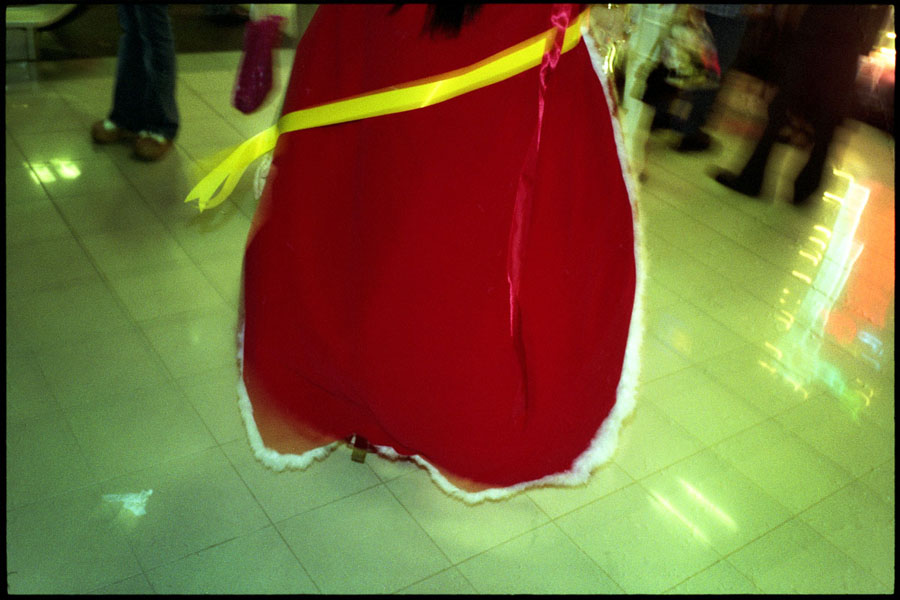
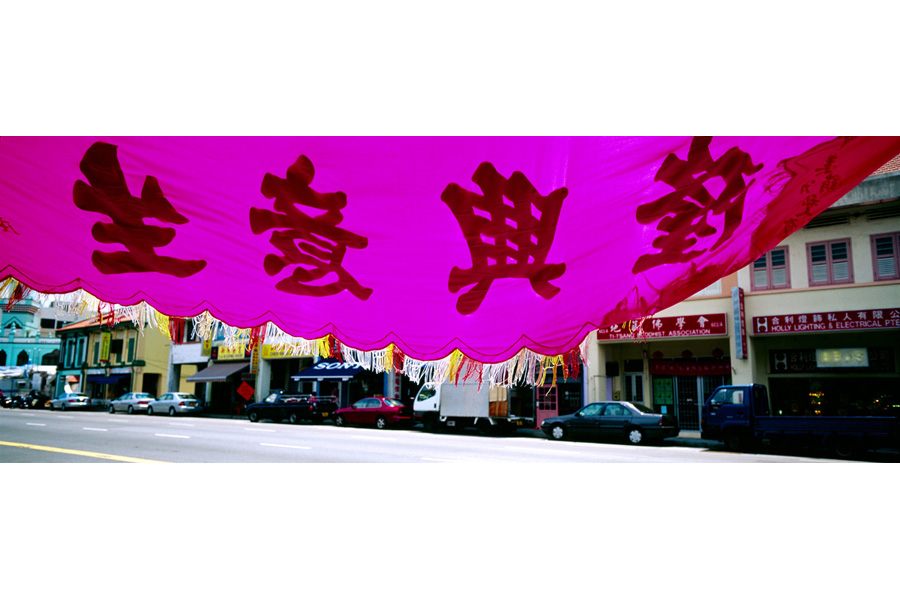



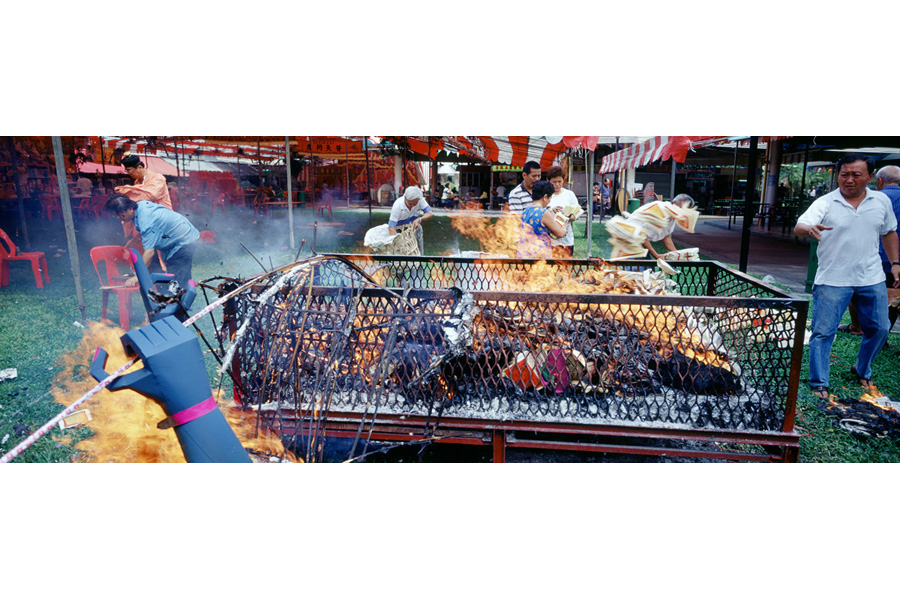
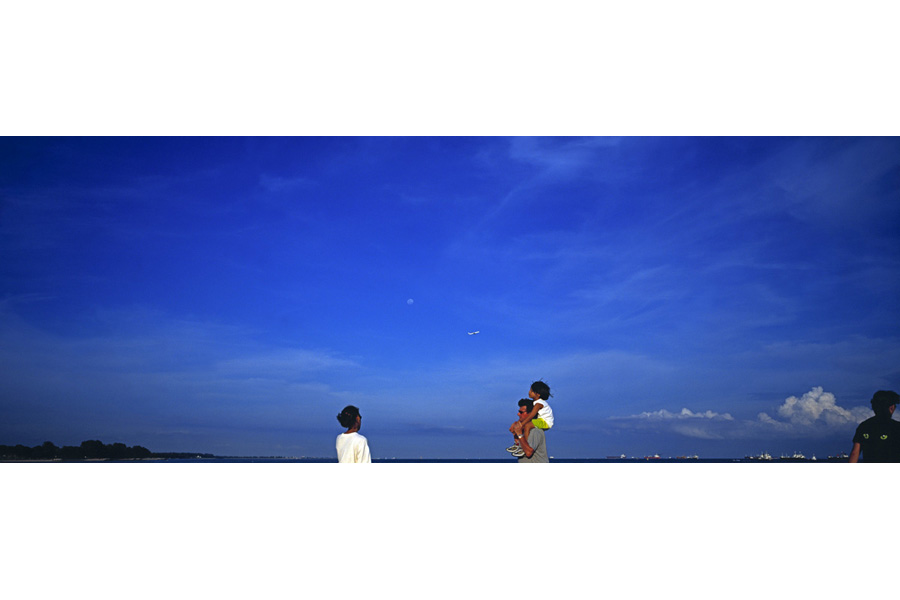
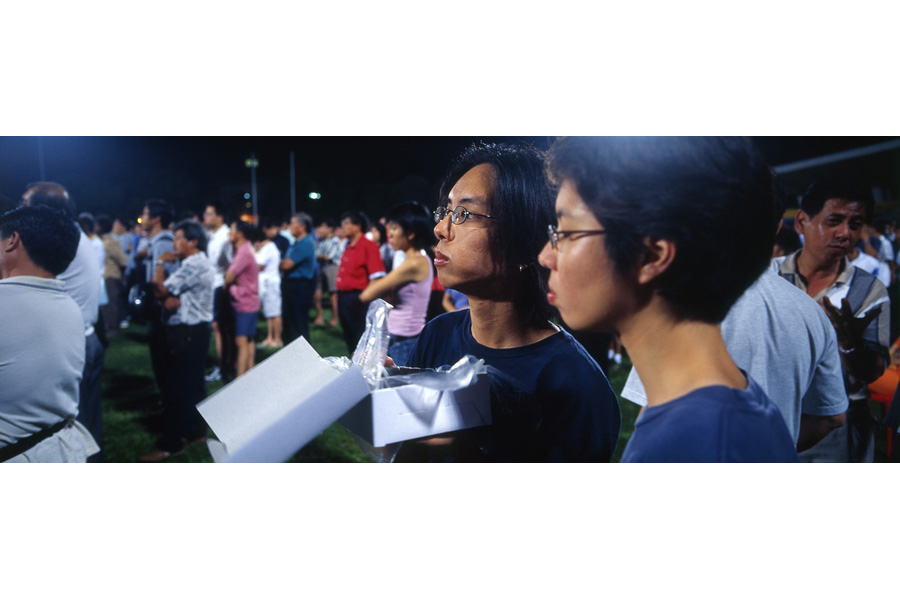
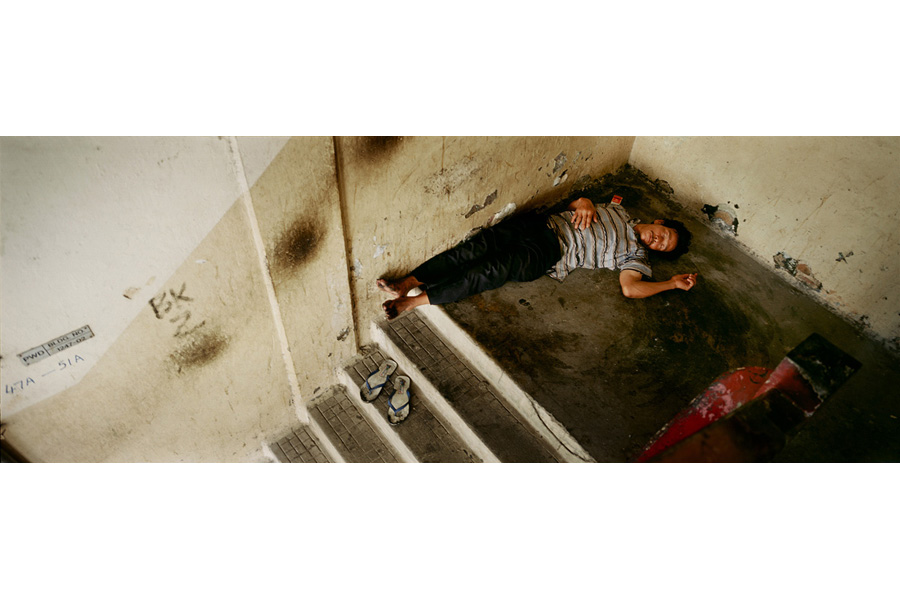


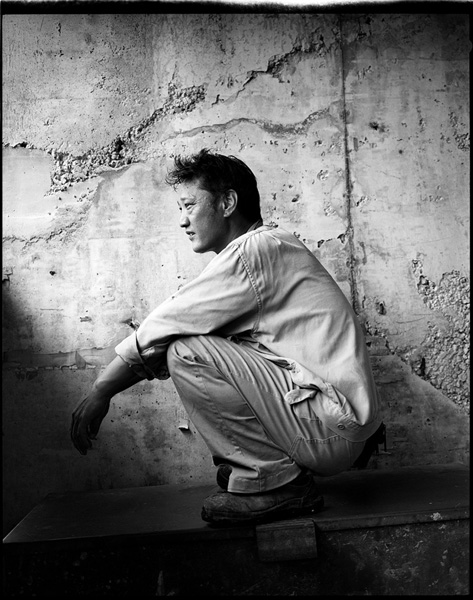
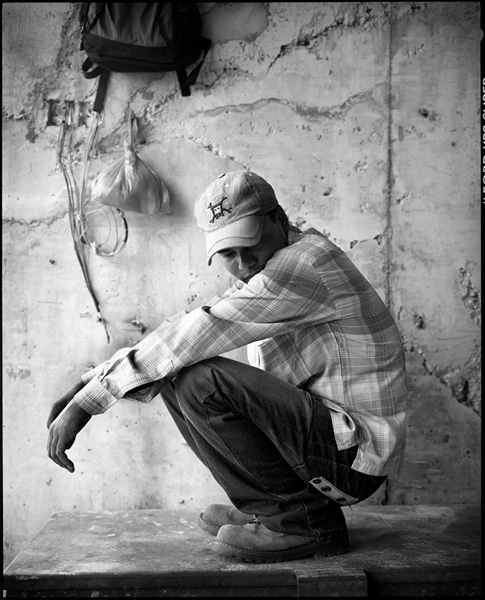
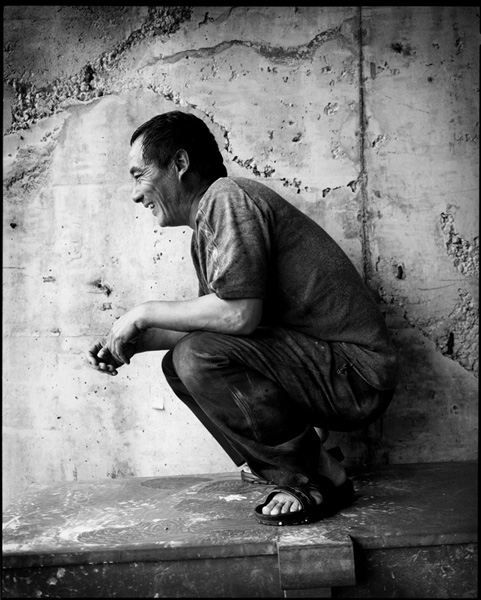

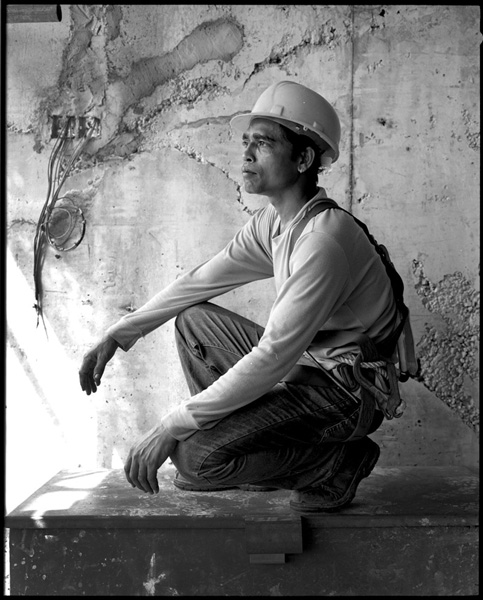
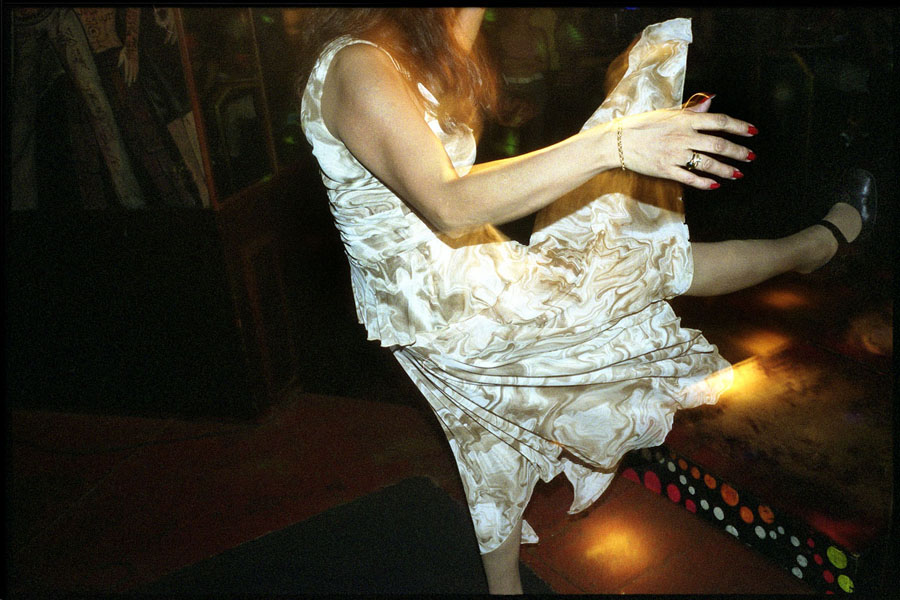
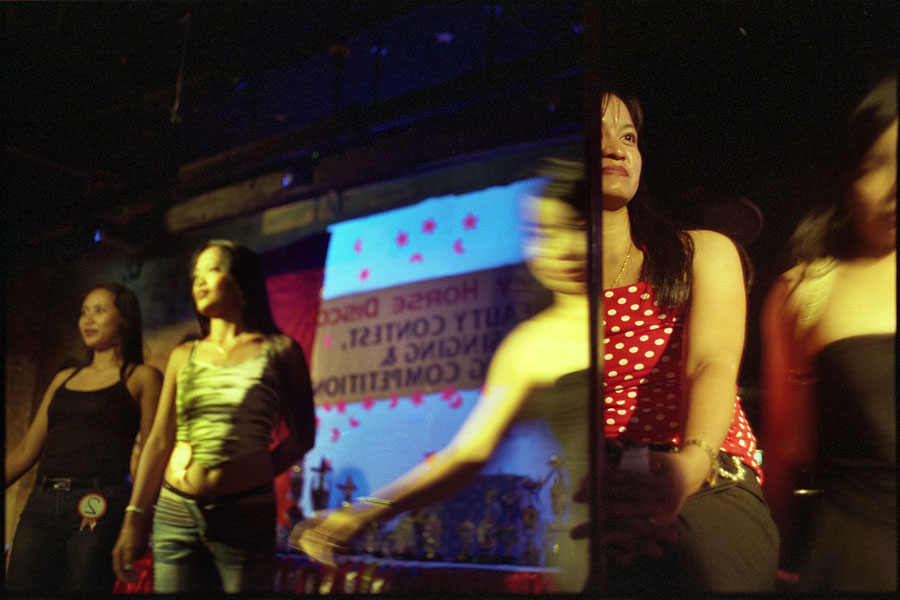


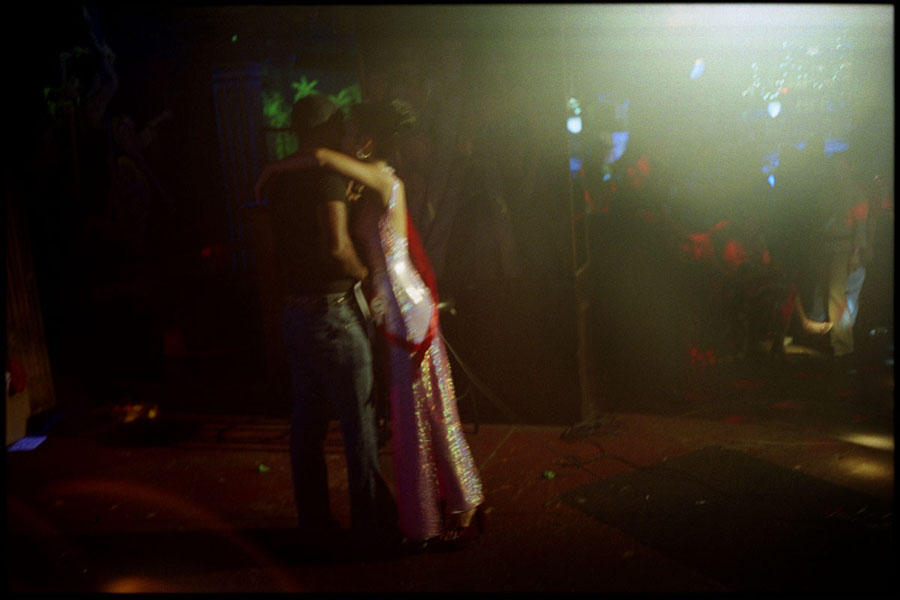
Comments 10
Invisible Interview & Photo Essay: Tay Kay Chin. http://t.co/NL2M9moC
Invisible Interview & Photo Essay: Tay Kay Chin http://t.co/Vk5FlPvs
RT @InvisPhotogAsia: Invisible Interview & Photo Essay: Tay Kay Chin. http://t.co/FgGGND42
Invisible Interview & Photo Essay: Tay Kay Chin. http://t.co/NL2M9moC
"For me, Singapore is the most difficult place to photograph." – Invisible Interview: Tay Kay Chin http://fb.me/A4E4pYoz
A photographer sticking to his core strengths can find ways to be a meaningful partner in a multimedia set-up. http://fb.me/1182J7HIz
Invisible Interview & Photo Essay: Tay Kay Chin http://bit.ly/lZyu9y
Interview with Tay Kay Chin at @InvisPhotogAsia http://bit.ly/lOhPVU I like his thoughts on the recent multimedia scene.
Street Photography with the Hasselblad XPan won Tay Kay Chin the Hasselblad Master award. http://fb.me/AsPXUWcV
Invisible Interview & Photo Essay: Tay Kay Chin http://bit.ly/llVh2h #photojournalism